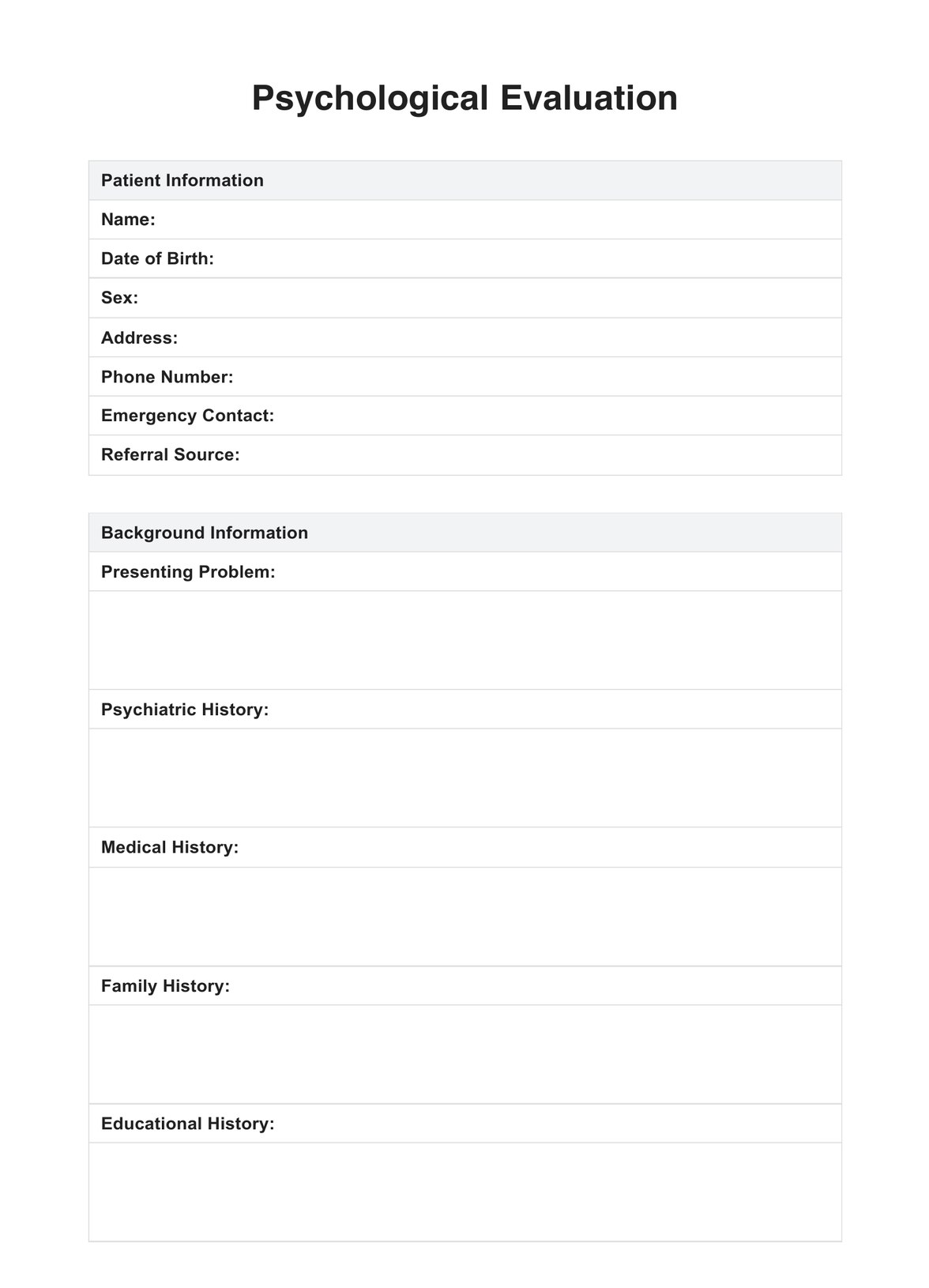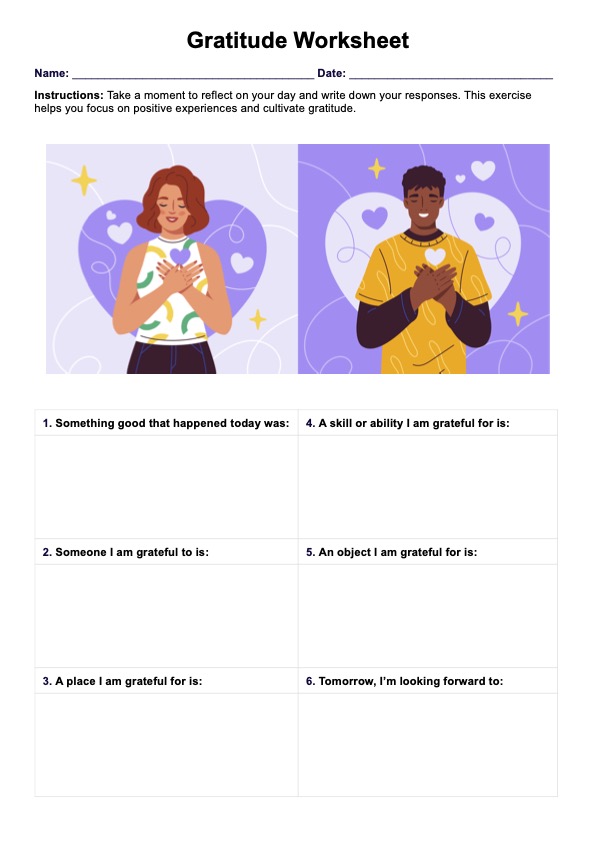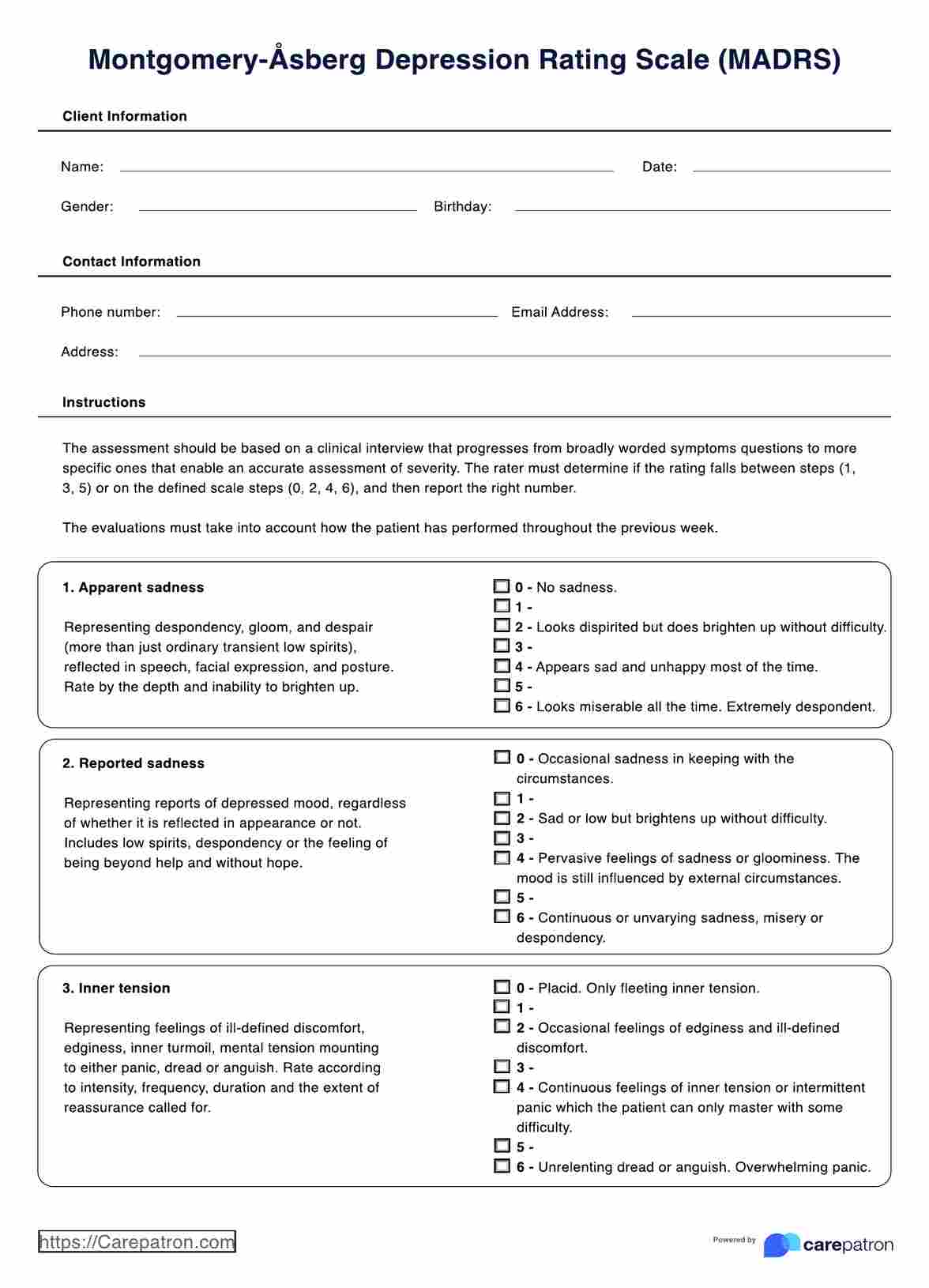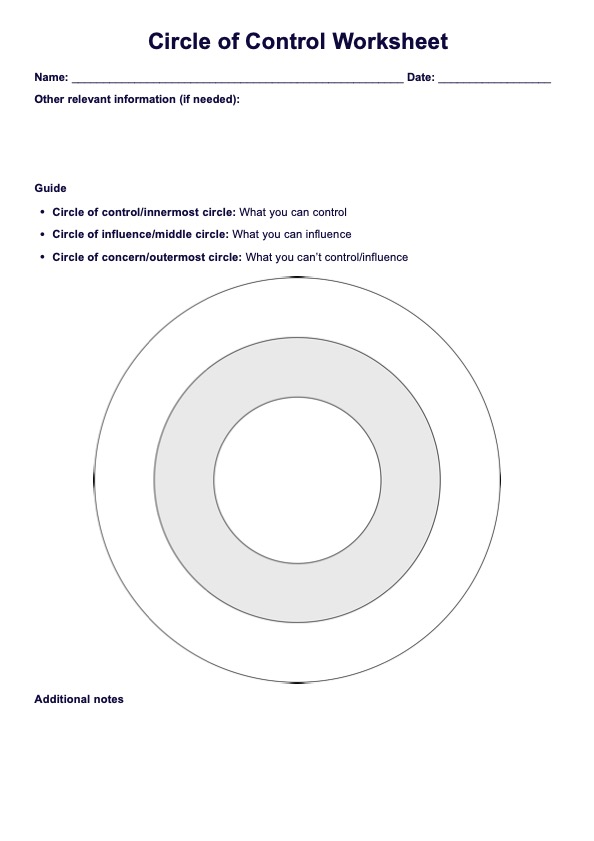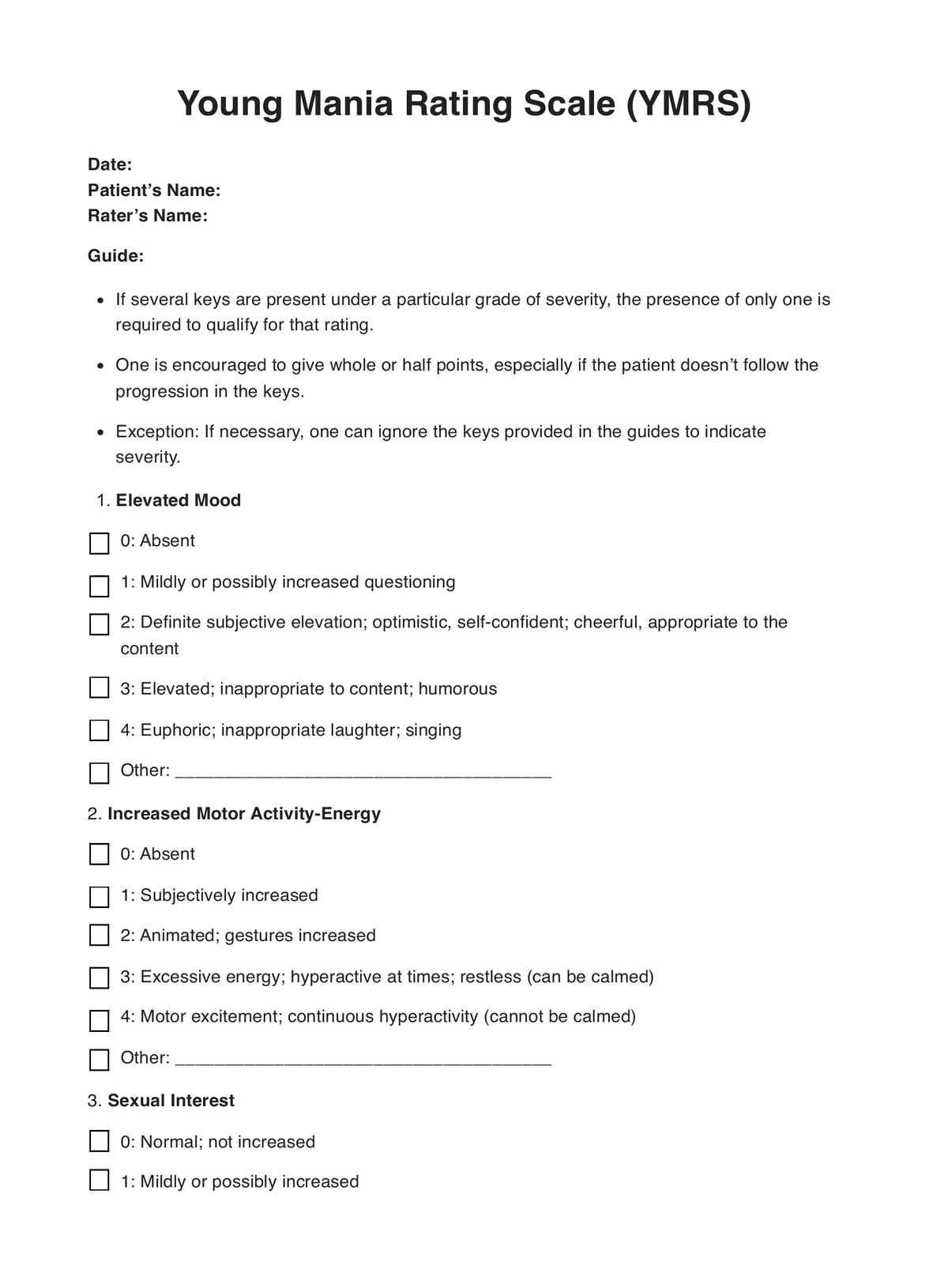Emotion Regulation DBT Worksheets
Use our emotion regulation DBT worksheet and encourage clients to reflect on their emotional responses, triggers, and coping skills. This free resource empowers clients to achieve their desired outcomes.


What is an Emotion Regulation DBT Worksheet?
Dialectical behavior therapy (DBT) is a form of psychotherapy that has been modified from CBT (cognitive behavioral therapy). It typically focuses on teaching clients how to mindfully live in the moment, employ helpful coping skills, and effectively regulate their emotions – which is what this worksheet assists with. DBT was originally developed to treat people with personality disorders, but evidence has since supported its effectiveness with a range of different mental health conditions. People who experience extreme emotional reactions that are contextually inappropriate are likely to benefit from DBT interventions. Therapists can teach clients to recognize unhelpful emotions and figure out ways that these can be counteracted. To help therapists teach their clients how to effectively regulate their emotions, we have created an intuitive emotional regulation DBT worksheet. With this resource, clients will be able to reflect on the presence of negative emotions and identify useful coping strategies to replace these with more positive experiences.
Emotion Regulation DBT Worksheets Template
Emotion Regulation DBT Worksheets Example
How To Use This Emotion Regulation DBT Worksheet
The actual process of using our emotion regulation DBT worksheet is fairly intuitive. We have constructed a step-by-step guide to help you quickly and easily get started.
Step One: Download and save the template
The first thing you need to do is access and download the worksheet. We’ve included a link to the template, alongside emotion regulation DBT worksheet example responses, to give you some insight into the kinds of answers that can be expected. When you click on this link the template will open in your device’s PDF reader, and from there it can be downloaded and saved.
Step Two: Give the worksheet to your clients
When you are treating a client who you think will benefit from using the emotion regulation DBT worksheet, you need to distribute the form to them. Whether or not you think your client will benefit from the worksheet is a decision you need to make based on your professional opinion and the needs, wants, and symptoms of the client. You should also think about whether the client will need any assistance/support completing the worksheet, and it could be a good idea to go through it together.
Step Three: Use the completed worksheet in your sessions
After your client has completed the worksheet, you can use the responses to guide the conversation and your session plans. The answers given will provide an insight into the emotions the client is having difficulty with, their typical coping strategies, and what they are wanting to achieve. You can use this to collaboratively design a treatment plan that guides the client toward their desired clinical outcomes.
Step Four: Store securely and accessible
Completed emotion regulation DBT worksheets should be stored somewhere safe and accessible. The answers contain confidential patient information, so they need to be kept secure at all times. It is also likely that you will refer back to the worksheets at a later date, so storing them somewhere that can be easily accessed is also a good idea.
Who Can Use these Printable Emotion Regulation DBT Worksheets (PDF)?
Although this worksheet is tailored specifically toward clients who are being treated for emotion regulation using DBT methods, we have tried to ensure it is as versatile as possible. The types of clinicians who will benefit from using this form include:
- Psychologists
- Psychotherapists
- Psychiatrists
- Counselors
- Mental Health Therapists
Additionally, clients who are being treated for emotion regulation will most likely have a broader issue or concern that is guiding their treatment. This may include:
- Borderline Personality Disorder
- Post Traumatic Stress Disorder
- Anger Management
- Stress
- Extreme Isolation/Loneliness
- Bipolar Disorder
Why is This Form Useful for Therapists?
This form has a range of different uses for therapists when applied correctly. Some of these uses include:
- Saves time: Using this worksheet will inevitably save you and your administrative staff a lot of time. Instead of having to design and create a worksheet that targets emotion regulation, all you have to do is download and use ours (for free!). With a pre-organized design and structure, you can automate the process of utilizing these resources and get straight to implementing them within your practice.
- Insight into the client’s experiences: This resource is designed to obtain information from clients regarding their experiences with emotions. Encouraging your clients to be as honest and transparent about these situations as possible will allow you to develop a targeted treatment plan that enables them to achieve desired outcomes.
- Go paperless: This worksheet can be accessed, shared, completed, and stored entirely online. In addition to being environmentally friendly, going paperless can also reduce printing-related costs and automate the organization of clinical documents.

Benefits of Emotion Regulation DBT Worksheet Template
Further, this resource will also result in various advantages, improving the care delivery experience for both you and your clients. Some of these benefits include:
Engage the client in their own care
One of the most important benefits of using worksheets is their ability to engage clients within their own care. This worksheet encourages clients to be open and honest about their emotional experiences. It allows them to consider the motivations, outcomes, and potential coping skills associated with these emotions, encouraging them to be assertive and aware of the role they play in emotion regulation.
Develop a more effective treatment plan
We recommend distributing this worksheet to your clients during the early phase of their treatment. The information included on the completed worksheet will give you an insight into the client’s emotion regulation abilities, and specific areas that require improvement. Together, you can use the client’s responses to guide your session discussions and develop a treatment plan.
Identify useful coping skills
Our emotion regulation DBT worksheet asks clients to consider the coping skills that they currently employ. Using these responses, as well as your professional opinion, you can introduce the client to new strategies and focus on strengthening skills they already possess. Managing emotion regulation requires wielding a suite of different coping mechanisms, and this worksheet is one of the best tools for guiding your clients toward these.
Empower clients to take control of their emotions
At the end of the day, therapeutic treatment will be infinitely more effective if the client is committed. Involving them in their own care demonstrates the autonomy they have over their own life and shows them that they have the ability to overcome whatever issues they may be facing. As you equip clients with the skills required to regulate emotions, they will be empowered to strengthen their relationships, work toward their goals, and improve their general quality of life.
Foster a meaningful relationship
Healthy client/therapist relationships are the key to good care delivery. You want to ensure your client is in an environment where they feel safe and heard. When a client returns a completed worksheet to you, it is your responsibility to respond with empathy and kindness, so your client understands you have their best interests at heart.
Commonly asked questions
We recommend giving the emotion regulation DBT worksheet to your clients during the early phase of their treatment. This will enable you to use the answers they respond with to develop a targeted treatment plan and guide your client toward their goals. Additionally, if they are completed early, these worksheets can be a good indicator of how much progress a client has made.
Emotion Regulation DBT worksheets will vary slightly in the prompts they ask. We think the most important aspects are getting clients to reflect on their experiences with intense emotions, how these have affected their lives, and the different coping strategies they employ. All of these sections are included in our worksheet, but you can feel free to instruct the client to only complete whatever they feel most comfortable with, or whatever you think is most applicable to your treatment.
The worksheet is designed to be completed by the client. If you have a client who struggles with completing this kind of work, feel free to assist them with their answers, as long as their responses are accurate reflections of their experiences.


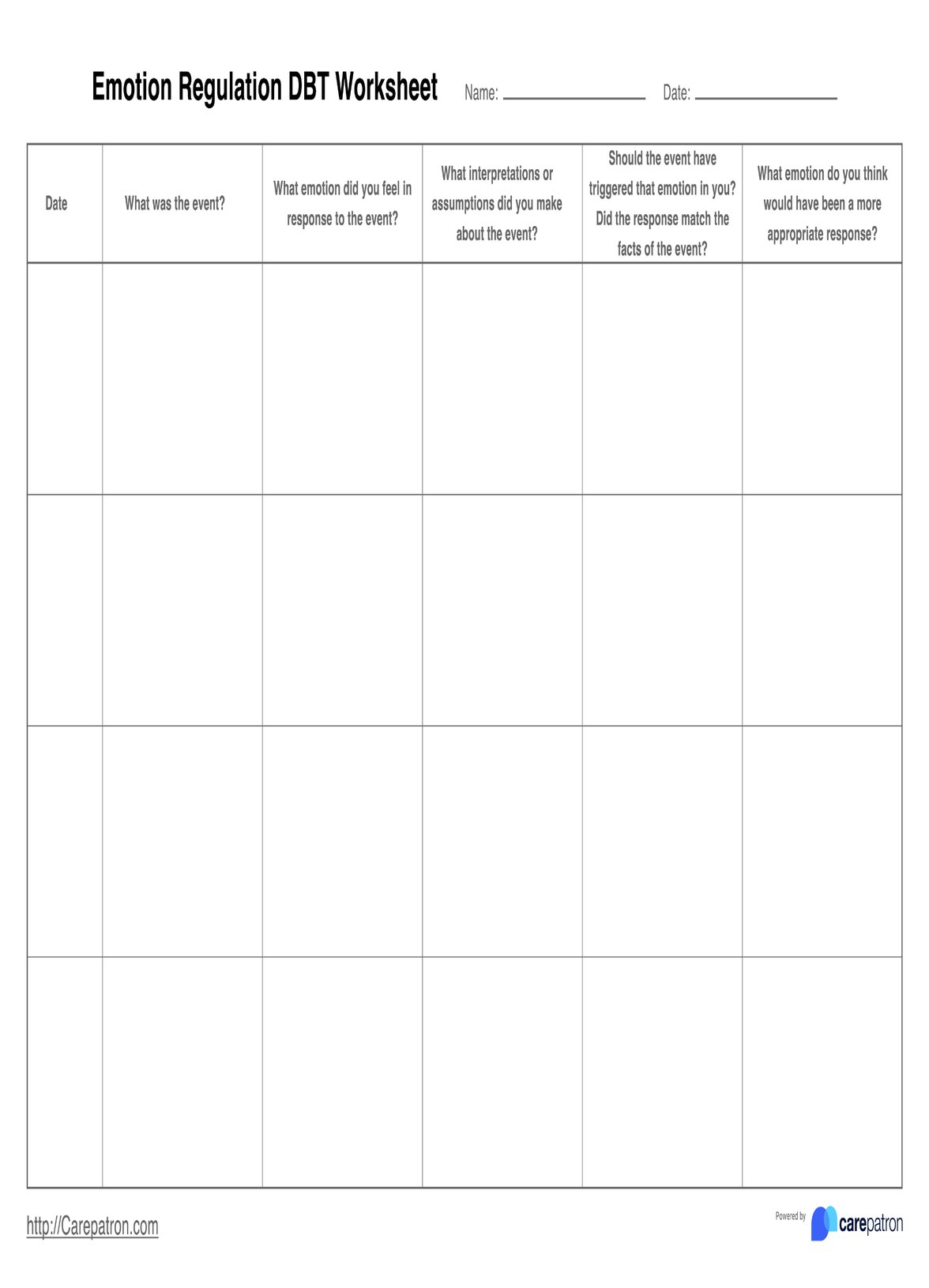
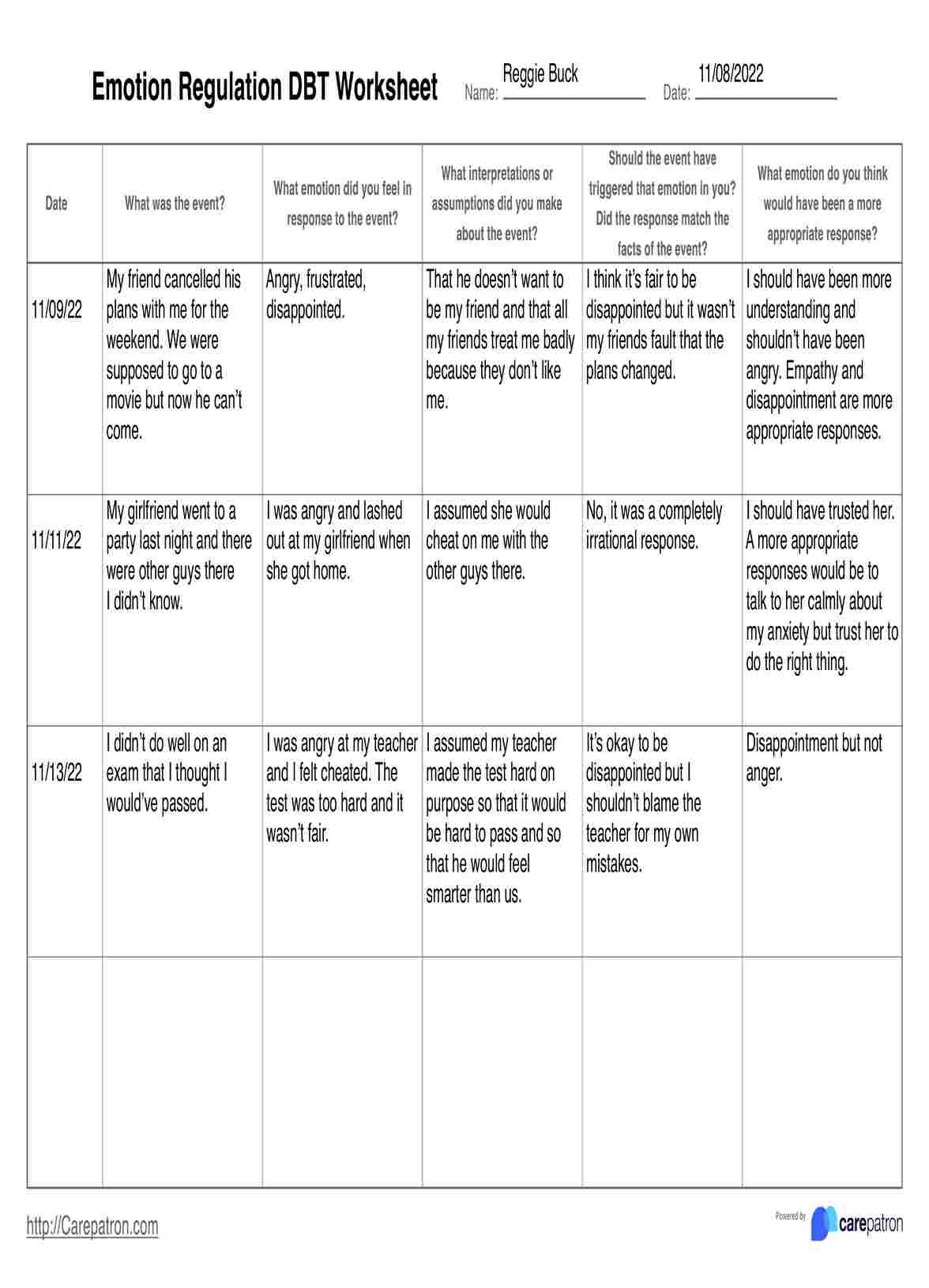

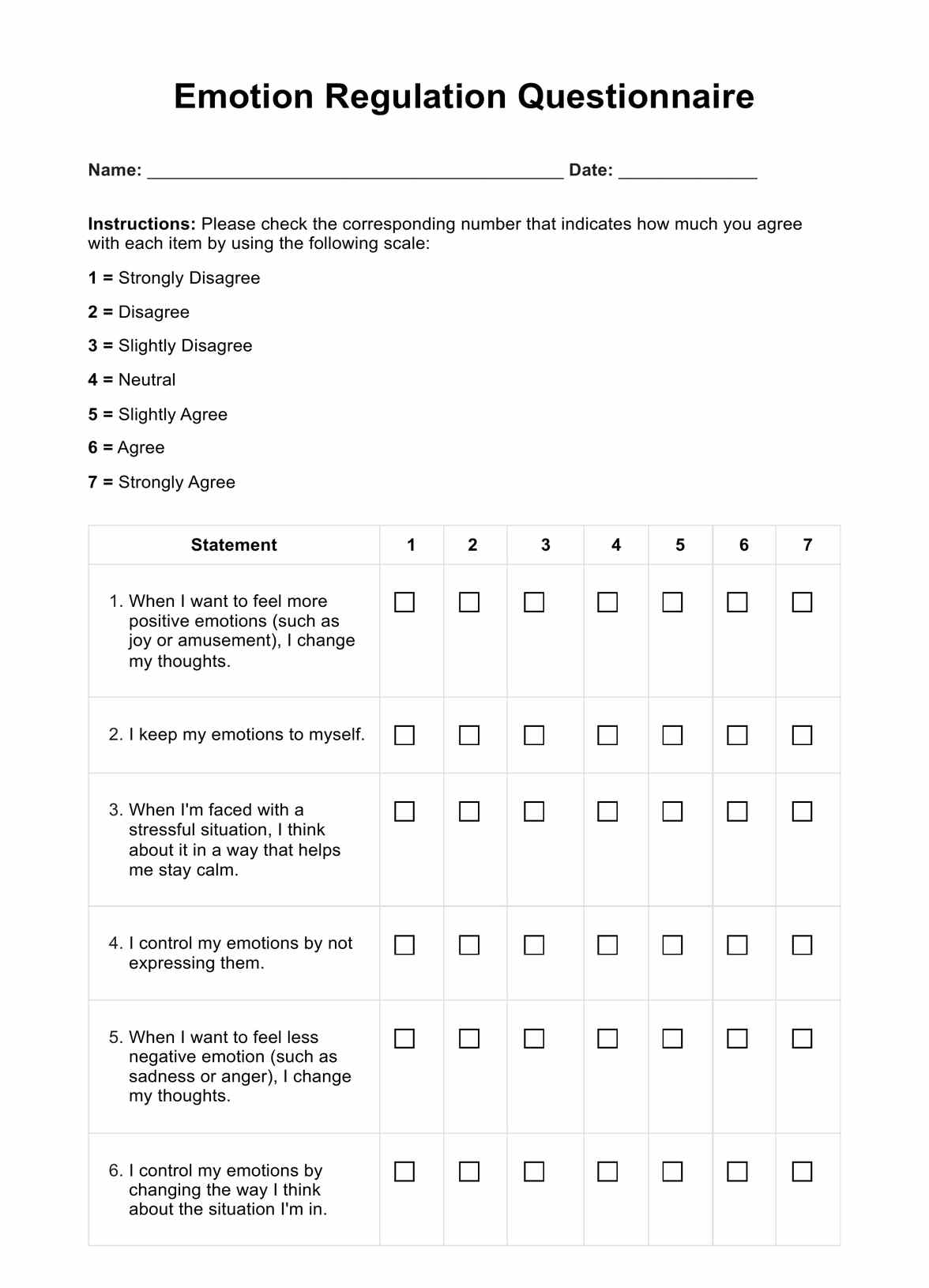
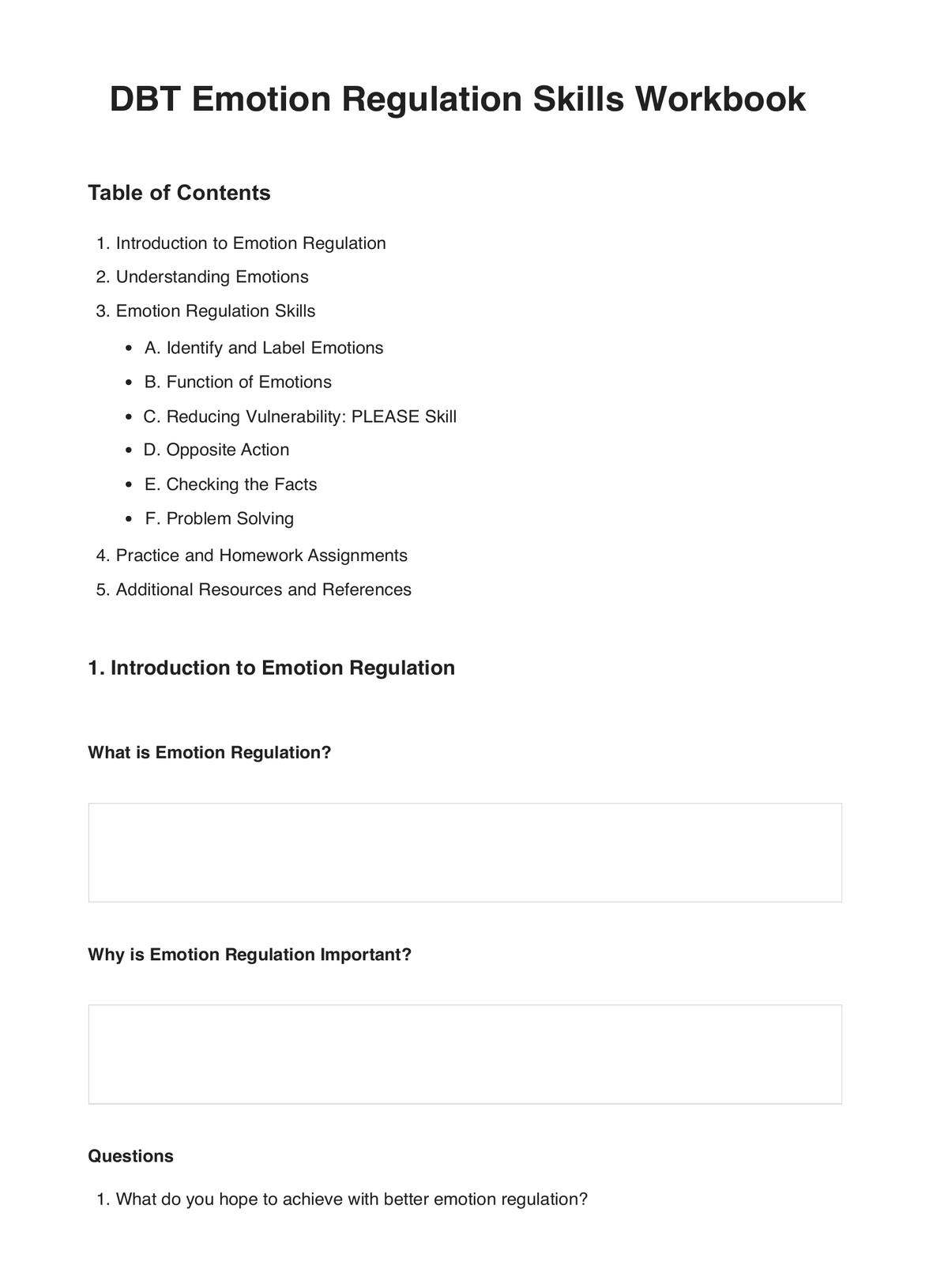
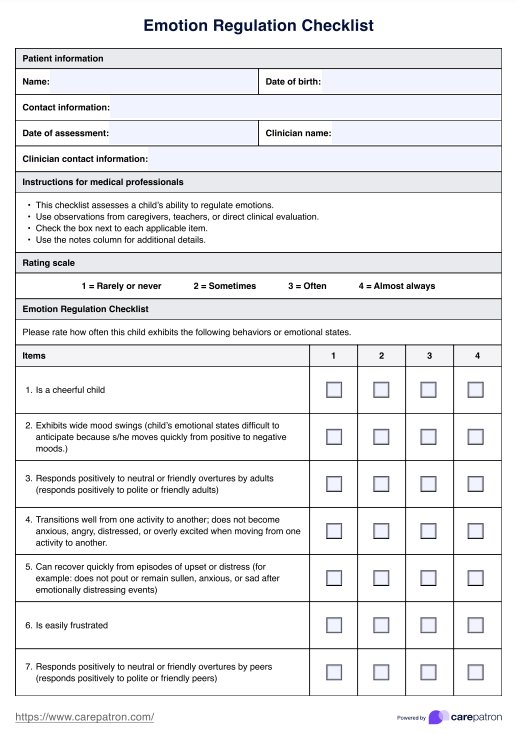














-template.jpg)



























































































